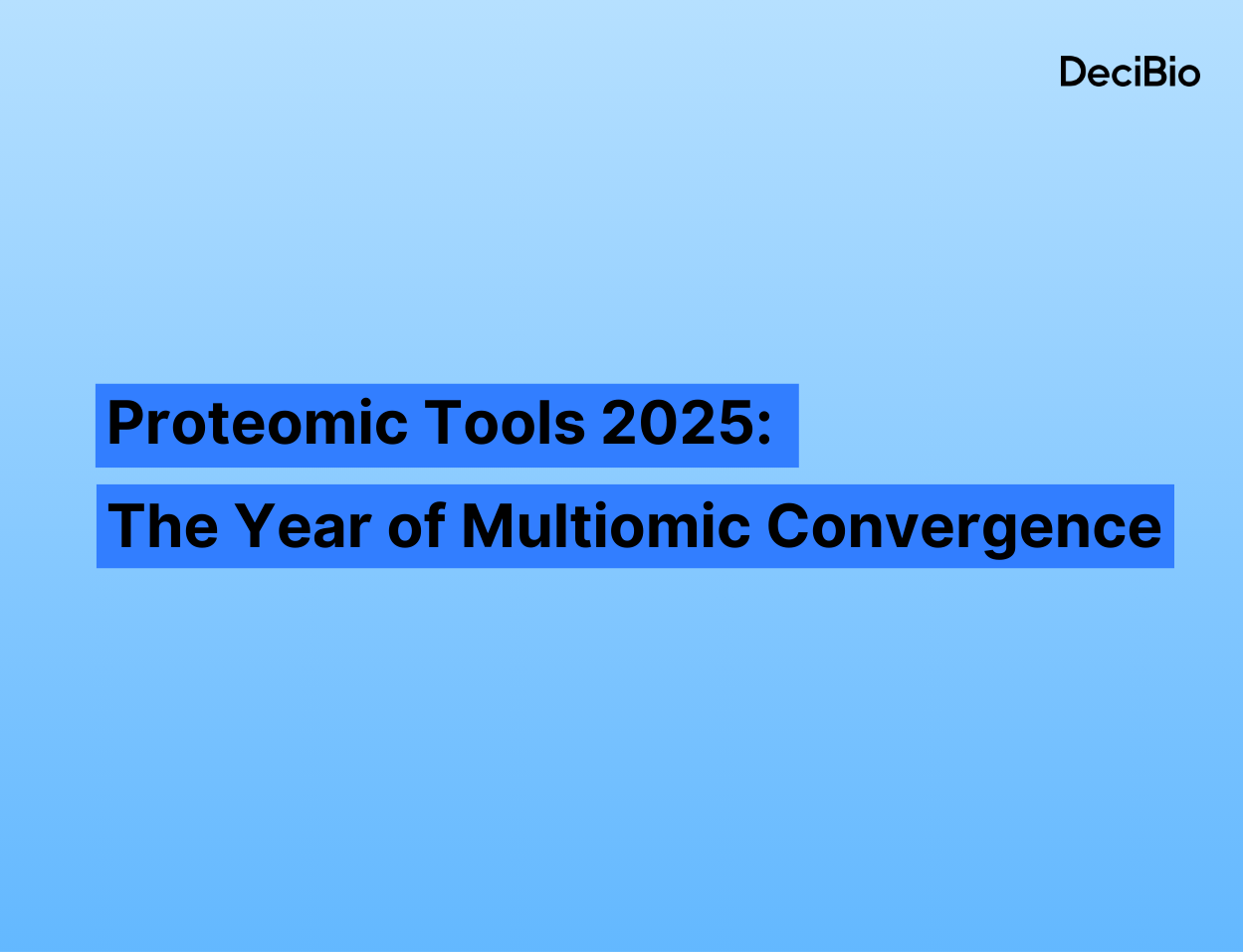Multiplex tissue analysis (MTA) represents a significant step forward in our ability to profile the tumor microenvironment. The use of these tools to characterize tumor-immune interactions has rapidly increased as access to multiplex IHC, immunofluorescence, and spatial RNA technologies (plus supporting bioinformatics) have become more widely available. SITC 2021 is an excellent showcase of the increasing role MTA plays in translational and clinical research (especially for immuno-oncology), with >70 abstracts covering this topic spanning a range of tumors, applications, and underlying technologies.
This review highlights meta-analysis of all MTA abstracts identified at the SITC 2021 annual meeting. Multiplex (>2 plex) assessment of protein and/or RNA targets was the key criteria by which abstracts were included in this study. Single plex IHC or H&E with digital pathology (DigPath) assessment were not included in this analysis, though tools relevant to MTA and DigPath are increasingly complementary.
Key Analytes and MTA Purpose

Figure 1. Overview of MTA abstracts and distribution of MTA mentions by analyte (e.g., Protein vs RNA) and the purpose MTA plays in that study
Protein based MTA is far more common in translational / clinical oncology vs RNA; RNA MTA is mostly exploratory – While access to both multiplex protein and RNA technologies has dramatically increased, protein-based MTA is the dominant modality in translational / clinical oncology, supporting ~85% of the activity identified at SITC (Figure 1). Furthermore, protein MTA already has signs of accumulating clinical utility and maturity; >50% of protein MTA studies use these tools for non-exploratory applications. Notably, MTA used to characterize on-treatment immune response and stratifying responders / non responders via predictive markers was seen in ~45% of abstracts, laying an important foundation for future clinical studies.
RNA-based MTA was overwhelming used for exploratory applications (>90%), notably biomarker discovery and generalized immune characterization. Given the high plex and cost associated with these tools, this exploratory role makes sense today. These tools generate vastly important discovery data and help fuel the identification of novel gene-expression profiling (GEP) markers.
Overall, accumulating clinical data indicates that protein-based MTA tech is expected to move into CDx / routine care settings sooner than high plex spatial-RNA, but both play separate, and vital, roles in characterizing the TME.
Technology and Plex

Figure 2. Distribution of protein and RNA MTA mentions by technology type

Figure 3. Distribution of MTA mentions by assay plex
Multiplex immunofluorescence (mIF) is preferred over mIHC or higher plex tools today – mIF accounts for >50% of the identified MTA activity (Figure 2). When considering that the median plex range for assays was 6-7 at SITC (Figure 3), mIF provides a healthy balance of higher plex and contrast capabilities vs mIHC, but with lower cost and workflow complexity vs mass cytometry or molecular bar-coding methods.
The range of tools geared towards clinical research -> routine clinical expansion have rapidly grown in the past year, with Akoya, Ultivue, and Neogenomics each offering a suite of products well positioned to support biopharma in research and clinical settings. Akoya and Ultivue, in particular, have actively generated data to show multi-site clinical utility and single-marker cross-validation, crucial steps ahead of clinical scaling.
The benefits of increased plex capabilities are finally being recognized in clinical and translational research; deplexing for clinical expansion is still likely – Among MTA studies, only ~7% of abstracts used assays that were <4 plex, with many more taking advantage of mid and high plex capabilities offered by mIF. Assays ranging from 4-10 plex supported ~30% of abstracts (although this is likely higher given the large portion of “Unspecified” assays).
Most interestingly from a clinical development standpoint, when looking only at studies using MTA for predicting therapy response or prognosis (e.g., foundational to CDx validation), ~60% fall into this <10 plex range, showing that the more clinically oriented applications favor lower plex assays today. Finally, of the 9 studies that have MTA matched clinical outcomes data, over half of these have outcomes matched to < 3 markers, a strong signal that deplexed signatures may see the nearest term clinical validation.
Clinical Trials Supported by MTA in SITC Abstracts

Figure 4. Trials mentioned in MTA abstracts, distributed by Phase and indication
Trials are early phase, and generally do not include MTA prospectively – Of the ~20 clinical trials mentioned in MTA SITC abstracts, none appear positioned as key registrational studies for MTA given early phases of research (Figure 4) and general lack of MTA inclusion in the actual trial descriptions. However, ~80% of trial-containing abstracts used MTA for non-exploratory applications, notably monitoring immune response, and stratifying responders / non-responders. This sends a strong signal that more prospective MTA trials may soon be justified and guided by the correlative findings generated from these early trial data.

Figure 5. Trial distribution by sponsor type, with industry sponsors specified
MTA associated abstracts are mostly industry led, but with little consistency in key pharma players - >50% of MTA trials identified at SITC were led by biotech / biopharma companies, indicating that there is already demonstrated interest among the sponsors who may ultimately lead MTA CDx efforts. With the exception of Merck (lead sponsor on 1 trial, collaborating sponsor on 3), other pharma players are sponsors in only 1-2 trials each. Prospective MTA inclusion in the trial design, and Ph 2-Ph 3 trials led by large pharma companies will be a key turning point in the MTA development space, signaling clinical validation could rapidly accelerate.
Conclusion
Especially after relatively limited MTA activity at ASCO 2021 (Summary here), the MTA abstracts presented at SITC provide an important ‘pulse’ of the role this technology plays in oncology clinical research. There is clearly broad and growing interest to validate MTA as a clinical tool across multiple solid tumor types being treated with I/O, and currently available data hints at notable pharma involvement. mIF/mIHC at <6 plex is the most likely approach we’ll see move into near-term prospective trials, with signatures of 2-3 markers being the first to enter the clinic. MTA developers that can support both trials and clinical expansion will be well positioned to see broader routine use in oncology care.








